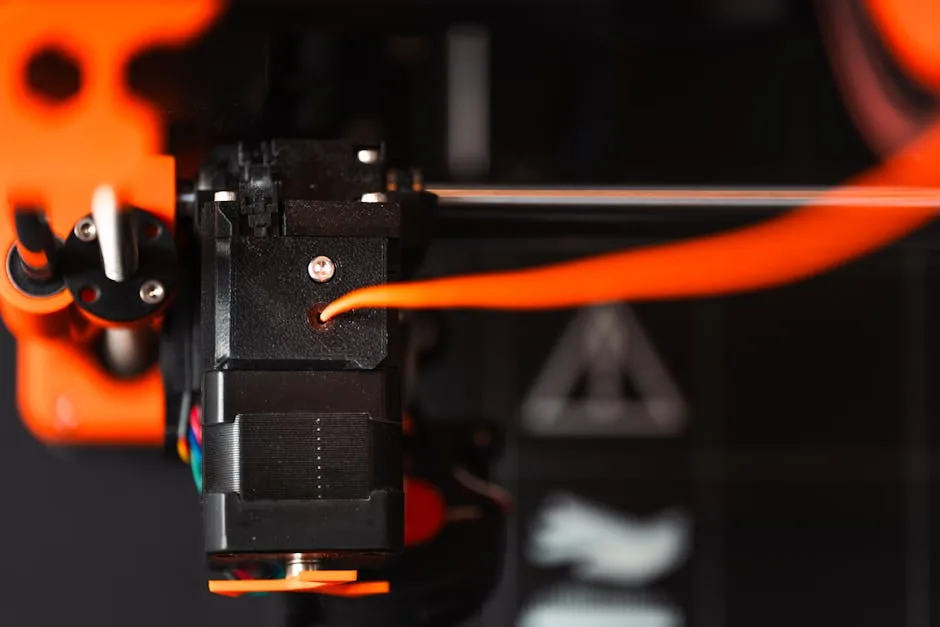
Former President Donald Trump’s recent announcement of a 100% tariff on imported semiconductors has sparked significant debate, particularly around its potential impact on global supply chains and technology sectors. The proposal, unveiled on August 6, 2025, targets chips embedded in electronics, with exemptions for companies investing in U.S. manufacturing. This policy could reshape trade dynamics, disrupt production timelines, and introduce new costs for industries reliant on foreign semiconductors.
Key Components of the Tariff Proposal
The core of Trump’s plan involves imposing 100% tariffs on semiconductors entering the U.S., with carveouts for firms like Apple, TSMC, and Samsung, which have committed to domestic production investments. According to Bloomberg, Apple’s $100 billion pledge to expand U.S. manufacturing could exempt it from these tariffs. However, ambiguity remains around which companies will qualify, creating uncertainty for smaller manufacturers and suppliers. The policy also includes enforcement mechanisms, such as fines for non-compliance, and extends to chips integrated into consumer electronics and automotive systems.
Supply Chain and Security Considerations
The semiconductor supply chain is inherently global, with most chips entering the U.S. as part of finished electronics. A sudden tariff hike could force companies to reassess sourcing strategies, potentially delaying product releases or increasing costs for end-users. For security professionals, this disruption may also affect hardware procurement timelines, complicating vulnerability management and patch deployment. The NY Times notes that critics warn of inflated consumer prices and supply chain bottlenecks, while supporters argue the move could reduce reliance on foreign suppliers.
Relevance to Security Teams and Enterprises
For CISOs and security teams, the tariff announcement raises questions about long-term hardware availability and vendor relationships. If tariffs lead to shortages or delays, organizations may face extended lifespans for vulnerable devices or rushed deployments of untested alternatives. Proactive measures, such as diversifying suppliers or auditing existing hardware inventories, could mitigate some risks. Additionally, the policy’s focus on domestic production may prompt closer scrutiny of supply chain security, including firmware integrity and counterfeit components.
Conclusion and Future Outlook
Trump’s tariff proposal is poised to reshape the semiconductor industry, with ripple effects across technology, manufacturing, and security sectors. While exemptions may shield some major players, broader market uncertainty could persist until implementation details are clarified. Organizations should monitor developments closely and prepare contingency plans for potential supply chain disruptions. The policy’s final form, expected by late August 2025, will determine its full impact on both trade and security postures.
References
- “Trump’s Threat to Hit Chips With 100% Tariffs Raises Big Questions.” The New York Times, 7 Aug. 2025.
- “Trump Plans 100% Tariff on Chips With Carveout for Apple, Others.” Bloomberg, 6 Aug. 2025.
- “Trump’s Latest Chip Tariff Announcement Raises More Questions Than Answers.” MSN, 6 Aug. 2025.
- Reddit Thread: Trump Threatens 100% Tariff on Chips. r/technology, 6 Aug. 2025.





